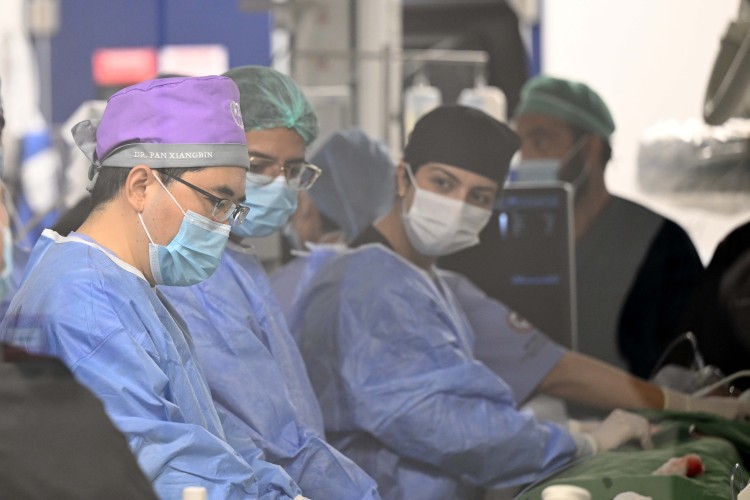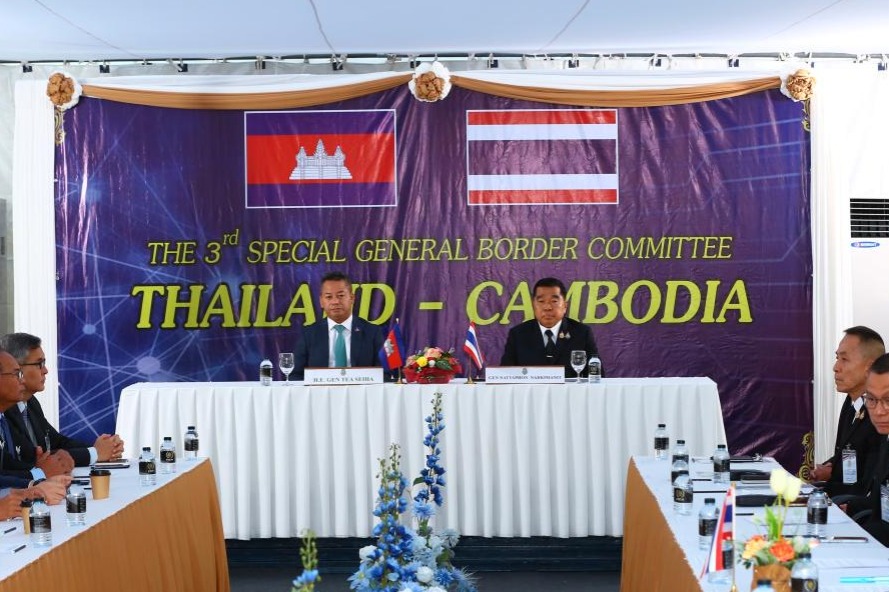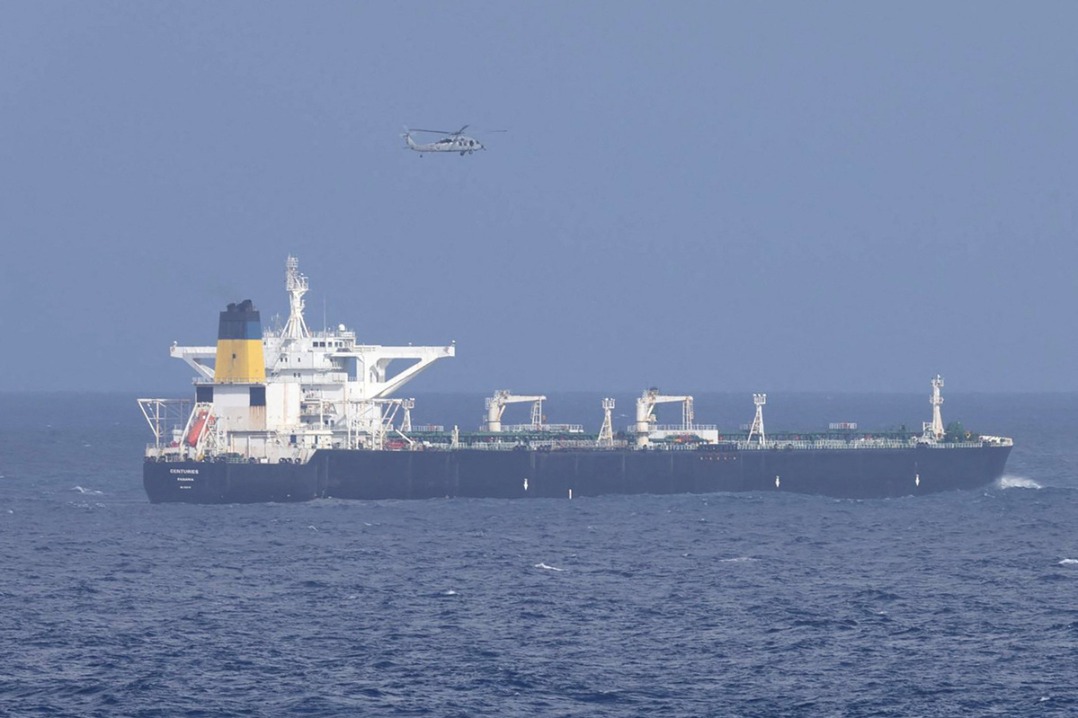Chinese ultrasound-guided therapy enhances global cardiaovascular care capacity


Theophylly Ludovick, a pediatrician at the Chinese-built Jakaya Kikwete Cardiac Institute in Tanzania, who received training in China, said the procedure was suitable for treating heart disease in developing regions.
"The procedure is relatively easy to learn, and requires less investment and resources of medical infrastructure," when compared with conventional fluoroscopic procedures, said Ludovick, adding that it can relieve patients from a high medical expense burden. His team has used the Chinese technology in a dozen cases, with all patients discharged with no complications.
Zafar Abullayev, a cardiovascular surgeon at a medical center in Tashkent, Uzbekistan, who just finished his one-year study in Fuwai Hospital in March, credited the Belt and Road Initiative for deepening medical collaboration.
"The learning experience in China enables me to introduce the innovative medical procedure in Uzbekistan, train local doctors, and bring advanced care to rural areas where such technologies are not yet available," said Abullayev.
In 2023, the Percutaneous and Non-Fluoroscopic Procedure was listed in a United Nations (UN) project, which aims to enhance access to CVD treatment in developing countries and help them achieve the UN Sustainable Development Goal 3 -- "Ensure healthy lives and promote well-being for all at all ages."

































